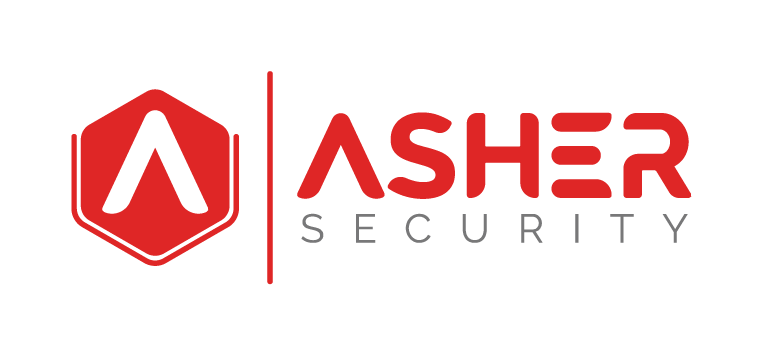AI Cybersecurity Policy: 5 Must-Have Statements

DOWNLOAD
You need an Artificial Intelligence (AI) policy.
Artificial intelligence is no longer a distant innovation. It’s already here, transforming how organizations operate. From generative models like ChatGPT to AI capabilities built directly into SaaS platforms, employees are rapidly adopting AI to streamline tasks, boost productivity, and drive business outcomes.
In fact, when studying the incorporation of AI in SaaS, a survey revealed that Three out of four (76%) SaaS companies are currently using or exploring adopting AI to improve their operations.
Yet, a major gap exists between AI adoption and the establishment of formal policies and strategies. Many organizations have embraced AI without putting the right governance in place, leaving employees to experiment without clear guidance. They need clear guidance on how they can use AI, what they can use it for, and where the boundaries are. This lack of structure not only creates confusion but also exposes businesses to risks such as data leakage, compliance violations, and reputational harm.
A 2025 IBM report highlights that 13% of organizations experienced breaches involving AI models or applications and 97% of those admitted they lacked proper AI access controls.
That’s why now is the time to build an AI cybersecurity policy. Not as just another document, but as a framework that both empowers innovation and protects what matters most.
In this article, we’ll outline five must-have policy statements that every organization should include — helping you strike the balance between enabling AI use and safeguarding critical data.
5 Must-Have Statements AI Cybersecurity Policy
1. Define What AI Employees Can Use
AI should be a business enabler, not a blocker. Your policy should start by outlining the approved AI platforms that your company licenses and supports. Limiting usage to licensed tools is critical because:
- It ensures data ownership remains with your organization.
- It prevents sensitive data from being absorbed into public learning models.
- It reduces the risk of data leakage.

AI platforms are proliferating across industries, business sizes, and even embedded into SaaS add-ons. By getting ahead of this growth and defining what’s approved, you prevent employees from asking, “Can I use this?” and instead give them clarity from the start.
2. Clarify What AI Cannot Be Used For
Every policy need “thou shalt not” rules. This section should make clear how employees cannot use AI. For example:
- Only company-approved AI platforms may be used.
- Open-source or non-licensed AI tools are prohibited.
- AI-generated outputs must undergo human review before approval.
These restrictions aren’t about control for control’s sake. They exist to protect confidentiality, integrity, and company reputation. Once data is uploaded into a non-licensed public AI model, it is effectively impossible to retract or secure.
3. Specify What Data Can Be Used in AI
Data is today’s currency. Ultimately, at the end of the day, the point is to try and protect the data, the integrity of it, the confidentiality of it, the availability of it.
Your AI policy should clearly outline what types of data can and cannot be uploaded into AI systems.
If your organization has a data classification program, tie policy guidance directly to it to, indicate which data classifications can be used.
But if it doesn’t, just like some companies do, the solution may revolve around:
- No personally identifiable information (PII) such as Social Security or driver’s license numbers.
- No client data.
- No sensitive business or financial records.
Some companies break this down by data elements, others by department or business function. The level of detail is up to you. But the bottom line is simple: AI should never be a backdoor for leaking critical data.
4. Establish an AI Request Process
Even with approved tools, employees will encounter new AI platforms that seem valuable. Instead of banning innovation, your policy should provide a formal request process.
This could be as simple as:
- Submitting a ticket, form, or email request.
- Including a business justification case.
- Identifying the data or use case that the approved platforms cannot address.
This approach both encourages innovation and places the burden of justification on the requester, ensuring that new tools are evaluated through the right security and compliance lens.
5. Define Disciplinary Measures
This is often the most sensitive area, but it’s also necessary. Policies without enforcement carry no weight.
Your AI policy should spell out the disciplinary consequences of bypassing approved processes, such as using unlicensed AI platforms or mishandling sensitive data. This section should be developed in collaboration with HR and reviewed annually by business risk stakeholders.
Disciplinary language isn’t about fear but about transferring accountability back to the user and reinforcing the seriousness of misusing AI.

Final Thoughts: AI Cybersecurity Policy
If you don’t already have an AI cybersecurity policy, it’s time to create one. Start simple. You can always refine and expand over time, but having no policy leaves you exposed.
By implementing these five policy statements, you give employees clarity, enable innovation responsibly, and protect your organization from unnecessary risk.

Recent Comments